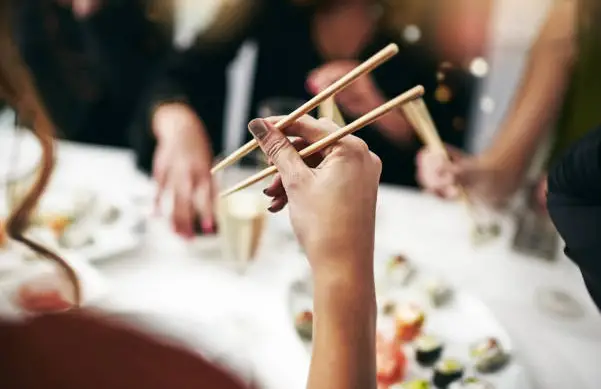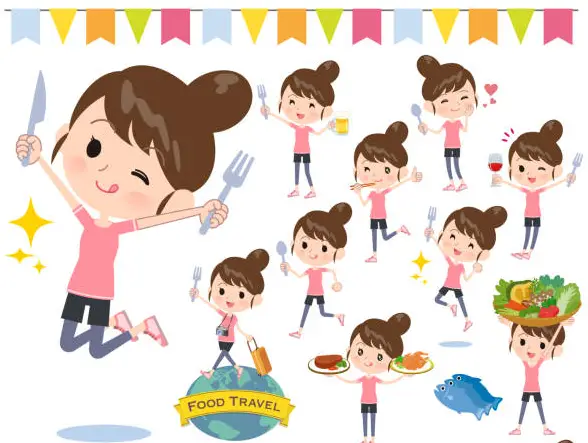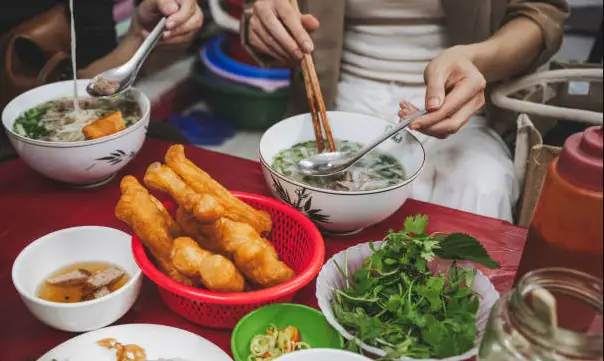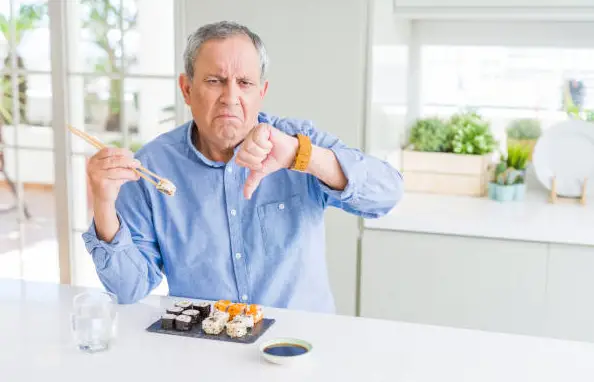Don’t know how to hold chopsticks? Are you struggling to eat food with chopsticks? If yes, then this blog is for you. We have listed 8 doable steps to hold and use chopsticks properly.
In the world of Japanese and other East Asian cuisines, chopsticks are not just eating utensils; they are an integral part of the dining experience. While many find the idea of using chopsticks a bit intimidating at first, mastering the art of chopstick etiquette can greatly enhance your enjoyment of Asian cuisine.

In this comprehensive guide, we'll walk you through step-by-step instructions on how to use chopsticks properly, from basic grip techniques to advanced maneuvers.
Procedure
The following are the steps to follow in order to understand how to use chopsticks.
1. Choosing the Right Chopsticks
This first step for beginners on how to hold chopsticks. The first step to mastering chopstick etiquette is selecting the right pair. Chopsticks come in various materials such as bamboo, wood, plastic, and metal. Beginners often find wooden or bamboo chopsticks easier to handle due to their natural grip. Make sure your chopsticks are of equal length, as uneven chopsticks can make it challenging to pick up food evenly.
2. Basic Grip Technique
Hold one chopstick like a pencil, using your thumb, index, and middle fingers. This chopstick remains stationary. The second chopstick rests against your ring finger, held in place with your thumb. Use your index and middle fingers to control the upper chopstick's movement. Practice opening and closing the chopsticks to get a feel for their movement. This basic grip is fundamental to all chopstick techniques.
3. Practice with Everyday Objects

Before diving into a bowl of noodles or sushi, practice picking up various items around your home. Start with larger objects like cotton balls and gradually move on to smaller items like peanuts. This will help you refine your grip and control over the chopsticks.
4. Picking Up Food
When picking up food, align the tips of the chopsticks and approach the item from the top. For solid items like sushi or tofu, use a gentle but controlled pinching motion. For noodles or rice, you may need to scoop the food using a slight rotation of the wrist. Be patient and practice, as precision comes with time.
5. The Rice Bowl Method
A common technique in Japanese dining is using chopsticks in tandem with a rice bowl. Hold the rice bowl close to your mouth with one hand and use chopsticks with the other. This method minimizes the chances of dropping rice or making a mess and is considered polite.
6. Advanced Techniques

Once you've mastered the basics, you can explore advanced chopstick techniques. The 'crossed chopsticks' method involves crossing the chopsticks while holding them, enabling you to pick up smaller items or garnishes. Another advanced technique is the 'one-chopstick' method, useful for picking up larger items or delicate pieces of sushi.
7. Navigating Shared Plates
In many Asian cultures, communal dining is common, and chopsticks are often used to pick up food from shared plates. When serving yourself, use the broad end of the chopsticks, and when picking up food for others, use the narrower end. This simple gesture shows respect and consideration for your dining companions.
8. Chopstick Taboos to Avoid

Understanding chopstick taboos is just as important as learning proper techniques. Avoid sticking chopsticks upright in a bowl of rice, as this resembles a funeral ritual in many Asian cultures. Similarly, pointing or gesturing with chopsticks is considered impolite.
Conclusion
In conclusion, mastering the art of chopstick etiquette is a rewarding journey that enhances your dining experience and allows you to fully appreciate the nuances of Asian cuisine. Whether you're a beginner or looking to refine your skills, practicing these techniques will not only make you more confident with chopsticks.
This chopstick tutorial is for everyone, who is trying to learn. You can also demonstrate cultural respect during your culinary adventures. So, grab a pair of chopsticks, start practicing, and soon you'll be navigating noodle bowls and sushi plates with ease.
